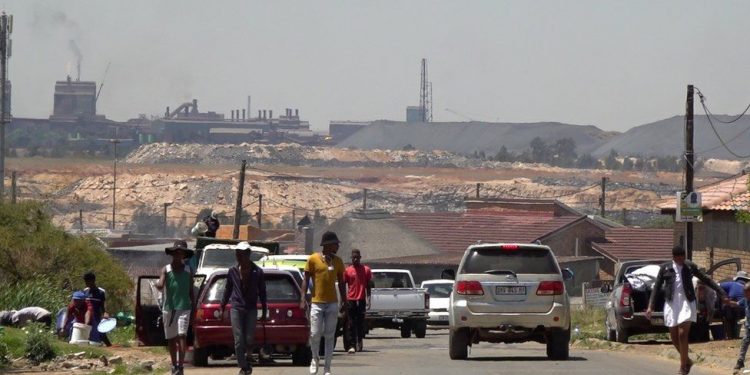South Africa is set to receive $8.5bn (£6.2bn) to help end its reliance on coal in a deal announced at the COP26 climate summit. President Cyril Ramaphosa has called it a “watershed moment”. The country is currently a major emitter of greenhouse gases as a result of its addiction to coal, which it uses to generate electricity.
This deal, funded by wealthier nations, could have both global and local implications. The vast scale of the coal operation run by the country’s state power company Eskom makes South Africa the 12th biggest carbon dioxide emitter in the world, according to the Global Carbon Atlas.
Some of those at the heart of South Africa’s coal country hope that the latest deal could ease the environmental and health impacts of the power sector.
Last month, driving into Emalahleni in Mpumalanga province, I saw a thick layer of smog hanging over the town. It stretched for kilometres, a dusty putrid haze that I could smell while still in the car.
During winter the occasional stench of sulphur even reaches the country’s commercial hub Johannesburg, which is more than 100km (62 miles) away. Emalahleni means “The Place of Coals” in the isiZulu language, and the town is where most of the country’s coal is mined.
It supplies a vast network of 12 power stations that dot the countryside of this inland province. Even more alarming for the people of this province, according to the Centre for Research on Energy and Clean Air, is that South Africa is the world’s biggest emitter of sulphur dioxide.
Many there suffer from a host of breathing problems caused by the extreme proximity to the mines and the power stations. Young mother of two Mbali Mathebula lives in Vosman, an Emalahleni township that sits opposite a coal mine. [BBC]


















